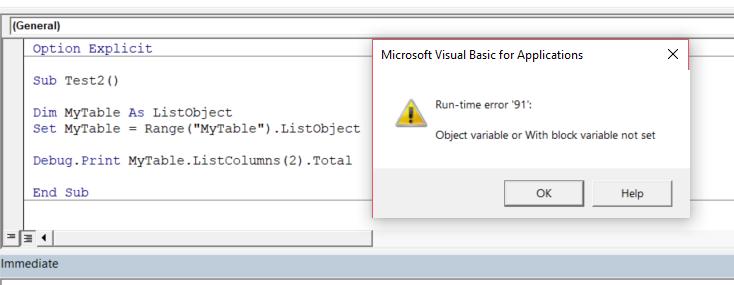VBA Blogs: Can't Row with a Column
16 February 2018
This is the twelfth blog in the series about using ListObjects to manipulate Tables within an Excel workbook in VBA. Today let's look at the unique properties of ListColumn.
Whilst doing some research to eloquently explain the difference between rows and columns – came across this quote:

There are a few things can be done with ListColumn that are not possible with ListRow due to the nature of how one thinks to store data. Think of each row as a record in a database or an item. There can be unlimited number of records as data is added. Columns are the fields of data which are defined. They are attributes of the record storing a single piece of information in relation to that item. The column is the structure of your data whereas the row is the data itself.
The properties that are unique to ListColumn are as follows:
- DataBodyRange: Remember that Range refers to the whole column including the header. This returns just the information in the column under the header, the data portion of the table
- Name: returns the name stored in the Header of the column
- Total: returns the value in the Totals Row. Note, the table must have a total otherwise it will return the following error as it is looking for an object that does not exist:

- TotalsCalculation: this gives the ability to change the type of calculation in the Totals Row which was previously covered in a previous article
- XPath: XPath gives the ability to change the XPath information stored about the table. XPath uses path expressions to select nodes or node-sets in an XML document. XML is designed to manage and share structured data. Using XPath in VBA, one can manipulate the structure and tags in order to format in a certain way for importing/exporting between applications. This is outside the scope of this blog and a basic primer about XPath can be found here as well as an overview how XML works in Excel here
That wraps up ListColumns and ListRows and concludes the distinct ranges in a table! Check back next week for our series on Loops!

